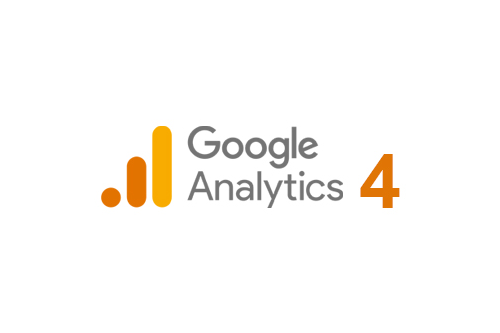
Google’s classic universal analytics is finally getting pushed out the door in favor of their newer Google Analytics 4
In March, Google made an announcement that they will be sunsetting Universal Analytics in 2023, with the target date being July 1st, 2023. This switch is coming at the same time Google will be halting third-party cookie tracking, setting 2023 to be a year of transitions for digital marketing and analytics.
The switch to Google Analytics 4 (GA4) is likely a direct product of Google moving away from third-party cookie tracking since GA4 is not dependent on cookies for tracking digital interactions. GA4 works across multiple platforms and uses a unique event-based model to measure interactions.
The newer Google Analytics 4 property is designed to protect the privacy of users unlike Universal Analytics. With privacy becoming a growing point of consumer concern and competition between tech giants, the change positions Google for the future technology landscape.
What Does the Adoption of GA4 Mean for Your Business?
A better understanding of how your customers and prospects engage with your brand across digital platforms and devices.
In the past you had to use one Google Analytics property to view your website data and another to view mobile app data. There was no easy way to see all the data in one place. GA4 tracks customer behavior across both websites and mobile apps and presents the data in a single, unified view.
Gain valuable insights and recommendations through predictive metrics
GA4 uses machine learning and AI to collect and analyze data and make assumptions about website traffic and user behavior to provide businesses with automated insights, predictive trends and recommendations. Predictive metrics can model future transactions and revenue by particular segments of customers, allowing you to focus on high-return audiences. This feature can also identify anomalies in data that could indicate when content is going viral or when a technical issue may be causing a sudden drop in traffic.
Increased clarity of your customer journey
GA4 has updated its reporting to provide better, deeper insights into the path your customers take to become advocates of your brand. From acquisition to engagement to monetization to retention, GA4 helps you understand how data drives users through the journey, so you are more informed to make profitable decisions that yield the best ROI.
Easier dashboard customization
Customization in GA4 should be easy to set up and will be necessary for many businesses. GA4 features a lot more freedom to build custom dashboards and reports. In fact, doing this may be necessary if you want to view more than just the bare-bones data provided in GA4 (which is less than what was provided in Universal Analytics).
Save time setting up conversion tracking
GA4 is a huge timesaver, as it relies on automated event tracking to measure everything from traffic to conversions on websites. This will likely make it easier to set up conversion tracking since many of the custom events that had to manually be added and tracked in Universal Analytics will be automatically tracked in GA4.
For a full list of differences between Universal Analytics and Google Analytics 4, we suggest reading Google’s documentation directly.
The Time to Prepare for Switching to GA4 is Now
While there is still a considerable amount of time before the full sunset of Universal Analytics in July of 2023, the time to start the switching process is now. By starting to use GA4 in tandem with Universal Analytics, organizations can get accustomed to using the new platform and learn how their data in Universal Analytics can be translated to GA4. Additionally, this will provide plenty of time to work out any kinks and bugs, all while learning the new platform without the stress of having to make a sudden change.

